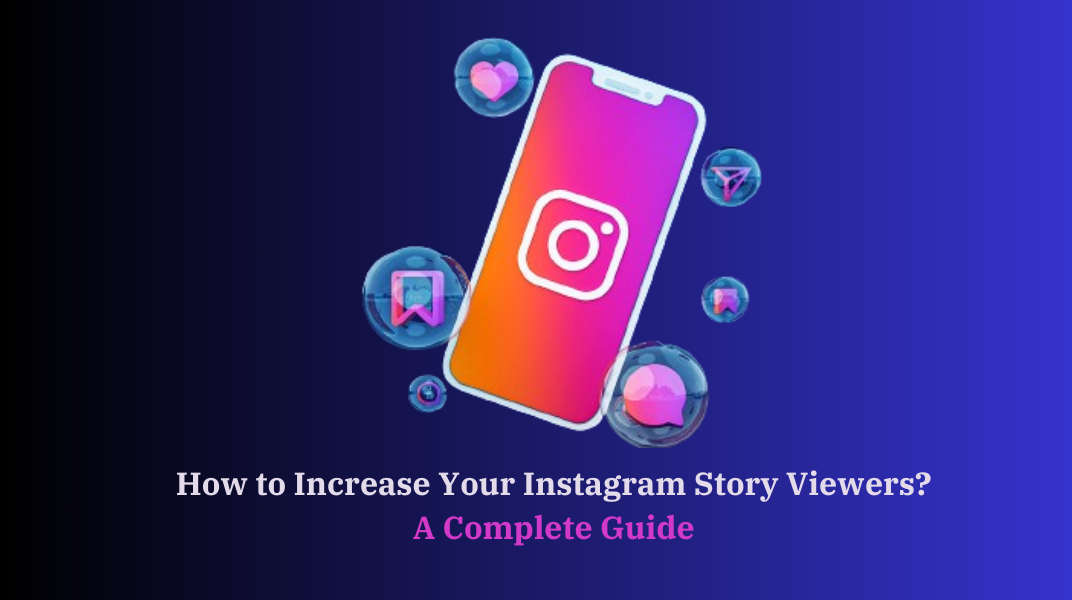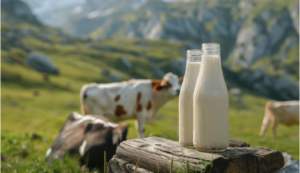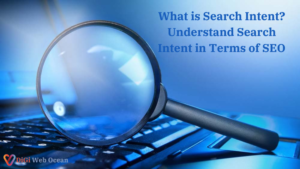What Is Social Media?
Social media stands as a digital platform that allows users to communicate and interact online. We can say that it is an undeniable force in our lives fundamentally changing how we connect, consume information, and even conduct business. But what exactly is social media, and why does it hold such significance in today’s society? Individual users create a profile, set it according to their needs, and connect with their friends or colleagues. Also, they can post their daily life events or anything that they want to share with their groups.
Understand Social Media
Digital media refers to online platforms and technologies that enable users to create share, and exchange content, ideas, and information within virtual communities and networks. These platforms facilitate various forms of communication, including text, images, videos, and live interactions. That allowing individuals to connect, engage, and collaborate regardless of geographical boundaries or cultural differences. User-generated content is king, with posts, pictures, videos, and comments forming the lifeblood of these platforms. Social media thrives on interaction, allowing users to like, share, comment, and participate in discussions.
Common Elements Defining Social Media
- User-generated Content: Digital media platforms empower users to create and share their own content, including posts, photos, videos, and opinions, fostering a culture of self-expression and creativity.
- Interactivity: Social media encourages interactive communication and engagement, enabling users to like, comment, share, and react to posts, facilitating dialogue, collaboration, and community-building.
- Real-time Communication: Social media platforms facilitate real-time communication and instant feedback, allowing users to connect with others instantly and stay updated on current events, trends, and conversations.
- Global Reach: With its borderless nature, digital media transcends geographical boundaries, enabling users to connect with people from around the world, share cultural experiences, and access diverse perspectives and viewpoints.
- Data-driven Insights: Digital media platforms collect vast amounts of user data, providing valuable insights into user behavior, preferences, and trends. This data is leveraged for targeted advertising, content optimization, and market research.
How Is Social Media Different from Other Media?
Traditional media, like television and newspapers, involves a one-way flow of information from a content creator to a passive audience. While traditional media typically involve one-way communication from content creators to audiences, social media allows for multi-directional communication. It also enables users to actively engage with content, contribute their perspectives, and connect with others in real-time. Social media disrupts this model by empowering users to be both consumers and creators. Social media is also known for its immediacy and ability to connect people across vast distances.
When Was Social Media Invented? A Timeline
While the roots of online communities can be traced back further, the mid-2000s marked the explosion of digital media as we know it. Here’s a glimpse at some key milestones:
- 1971: The first email was sent by Ray Tomlinson, marking the beginning of online communication.
- 1997: Six Degrees, the first recognizable social media platform, was launched, allowing users to create profiles and connect with friends.
- 2003: Myspace takes the internet by storm, becoming a dominant platform for connecting with friends.
- 2004: Facebook was founded by Mark Zuckerberg, revolutionizing social networking and paving the way for modern social media.
- 2005: YouTube revolutionizes online video sharing.
- 2006: Twitter was launched, introducing the concept of microblogging and real-time updates.
- 2010: Instagram was launched, focusing on visual storytelling through photos and videos.
- 2011: Snapchat was introduced, popularizing ephemeral messaging and multimedia sharing.
- 2016: TikTok emerged as a leading platform for short-form video content, attracting a global audience of content creators and users.
Types of Social Media:
Digital media isn’t monolithic. Here are some of the most popular types:
- Social Networking Platforms: Examples include Facebook, LinkedIn, and Twitter, which focus on connecting individuals and fostering professional and personal relationships.
- Media Sharing Platforms: Platforms like Instagram, Snapchat, and YouTube enable users to share photos, videos, and other multimedia content with their followers.
- Microblogging Platforms: Twitter and Tumblr allow users to share short-form content, including text, images, and links, with their followers.
- Discussion Forums: Platforms like Reddit and Quora facilitate discussions and information sharing on a wide range of topics, organized into themed communities or “subreddits.”
- Messaging Apps: WhatsApp, Facebook Messenger, and Telegram enable private and group messaging, voice calls, and multimedia sharing among users.
Why is Social Media Important?
- Connectivity: Digital media facilitates connections and communication with friends, family, colleagues, and like-minded individuals, regardless of geographical distance.
- Information Sharing: Social media serves as a platform for sharing news, information, and resources on a wide range of topics, enabling users to stay informed and engaged with current events and trends.
- Community Building: Digital media fosters the formation of communities and support networks around shared interests, hobbies, and causes, providing a sense of belonging and camaraderie.
- Networking: Social media platforms like LinkedIn offer opportunities for professional networking, career development, and job search, connecting individuals with potential employers, mentors, and collaborators.
- Marketing and Branding: Social media has become a vital tool for businesses and organizations to reach their target audience, build brand awareness, and engage with customers through targeted advertising, content marketing, and customer service.
Closing Thoughts!
Social media is a multifaceted phenomenon that has fundamentally transformed how we communicate, connect, and interact in the digital age. By understanding its definition, evolution, and significance, we can harness its potential to foster meaningful relationships. Also, facilitate information sharing, and drive positive social change in our communities and beyond. However, digital media also has its downsides, like the spread of misinformation and addiction concerns. It’s important to be mindful of these issues while enjoying the many benefits digital media offers.





